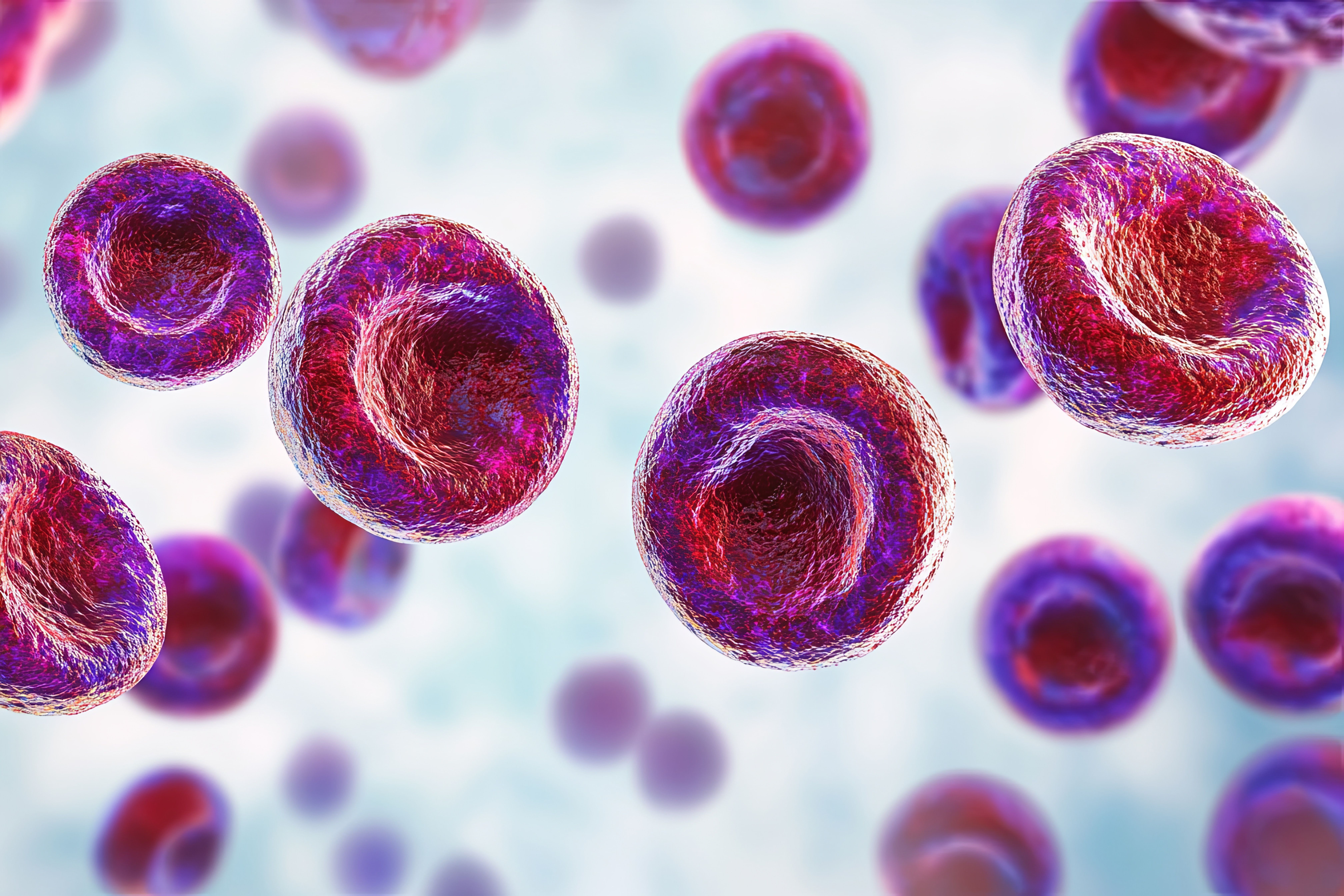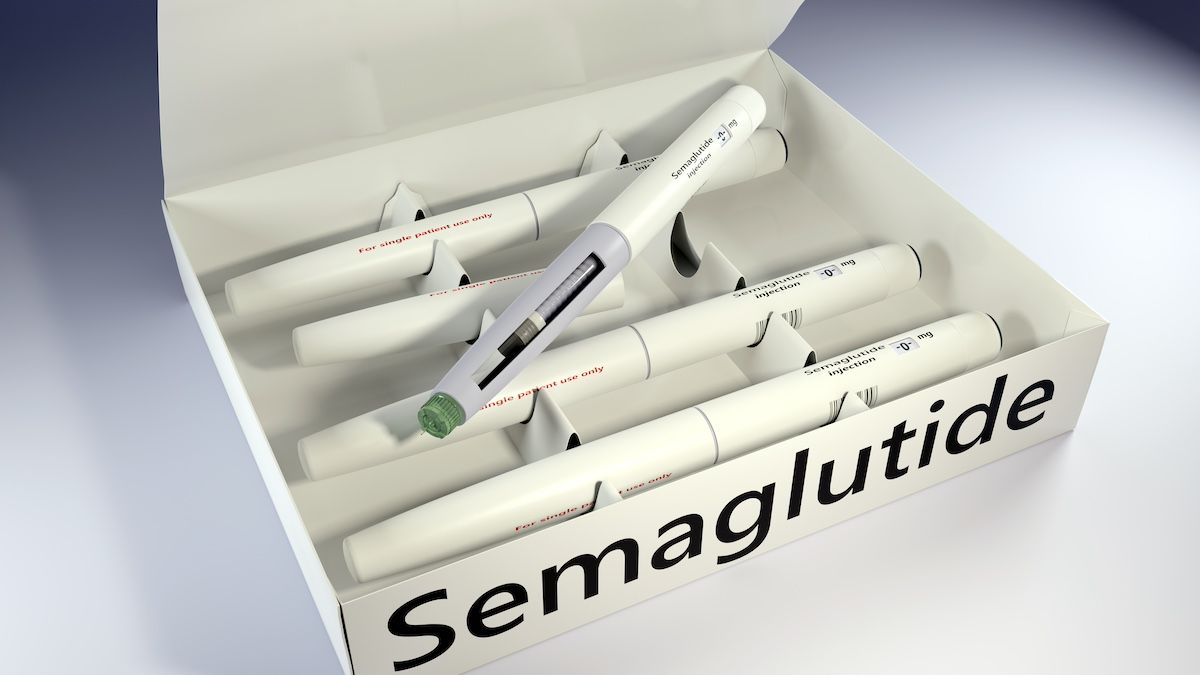Article
Adults Surviving Nonfatal Opioid Overdose Have Higher Risk of Death Later
Author(s):
Compared with the general population, adults who survive an opioid overdose are 24 times more likely to die during the year after the incident from a variety of mental health and medical conditions, including from substance use–associated diseases and suicide, according to a study published in JAMA Psychiatry.
Compared with the general population, adults who survive an opioid overdose are 24 times more likely to die during the year after the incident from a variety of mental health and medical conditions, including from substance use—associated diseases and suicide, according to a study published in JAMA Psychiatry.
However, most died from other medical conditions, including chronic respiratory diseases, diseases of the circulatory system, cancer, HIV, and viral hepatitis; women were particularly affected.
The authors said an increased understanding of these risks “could inform efforts to provide preventive and potentially lifesaving medical care after the incident.”
Such care coordination is often lacking, The American Journal of Managed Care® (AJMC®) recently reported, due to a fragmented healthcare system and a lack of understanding among payers that providing such care can save them money.
The observational study, using deidentified data from 45 states, looked at 76,325 Medicaid beneficiaries who experienced nonfatal opioid overdoses; there were 5194 deaths in the first year after nonfatal opioid overdose. The adults in the study were 18 to 64 years old.
The crude death rate was 778.3 per 10,000 person-years, and the all-cause standardized mortality rate ratio (SMR) was 24.2 (95% CI, 23.6-24.9). The most common immediate causes of death were substance use—associated diseases (26.2%), diseases of the circulatory system (13.2%), and cancer (10.3%).
For every cause examined, SMRs were significantly elevated, especially with respect to drug use—associated diseases (SMR, 132.1; 95% CI, 125.6-140), HIV (SMR, 45.9; 95% CI, 39.5-53), chronic respiratory diseases (SMR, 41.1; 95% CI, 36-46.8), and viral hepatitis (SMR, 30.6; 95% CI, 22.9-40.2). Suicide (SMR, 25.9; 95% CI, 22.6-29.6) particularly affected females (SMR, 47.9; 95% CI, 39.8-52.3).
The all-cause SMR was high for young adults aged 18 to 34 years (SMR, 39.1 [95% CI, 36.3-42.1]). All-cause SMRs were significantly higher for women than men (women: SMR, 27.3 [95% CI, 26.3-28.3] vs men: SMR, 21.7 [95% CI, 20.9-22.6]) and were significantly higher for white or Hispanic patients than black patients (white: SMR, 28.6 [95% CI, 27.7-29.6] vs Hispanic: SMR, 24.9 [95% CI, 22.0-28] vs black: SMR, 13.1 [95% CI, 12.3-14].
Despite all-cause SMR being higher for women than men, the cumulative risk of all-cause mortality was significantly higher for men than women (chi-square test = 150.65; P <.001). This was because of the overall higher death rate in men in the general population.
Beside suicide, other SMRs that were significantly higher for women than for men include drug use—associated diseases, viral hepatitis, HIV, circulatory diseases, and chronic respiratory diseases.
The authors pointed out that the study was based on data from 2001 to 2007. Since then, opioid use, the adoption of naloxone to reverse overdoses, the beginning of medication-assisted treatment, and other drug use patterns have changed. That may have changed subsequent risks of death, they reported.
However, only a small minority of patients who have a nonfatal overdose actually receive medication-assisted treatment, another study reported this week.
Reference
Olfson M, Crystal S, Wall M, et al. Causes of death after nonfatal opioid overdose. [published online June 20, 2018]. JAMA Psychiatry. doi:10.1001/jamapsychiatry.2018.1471





